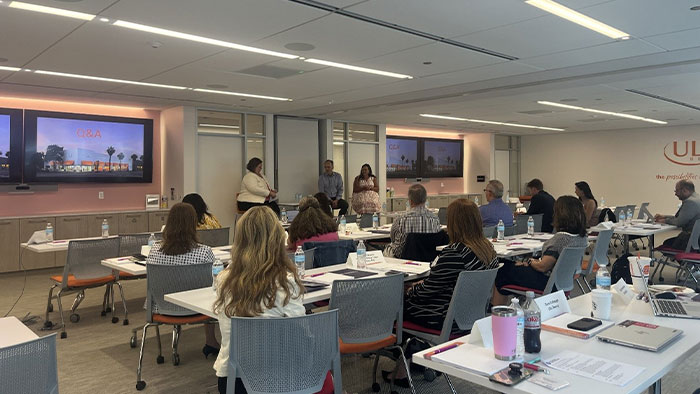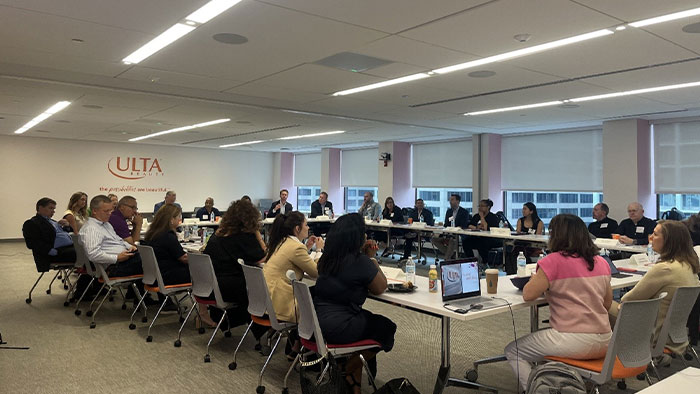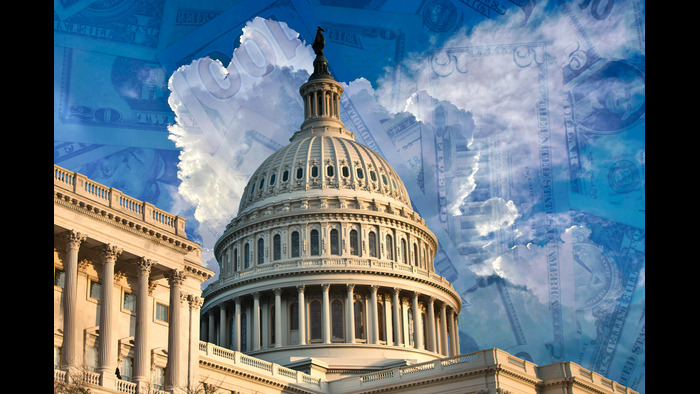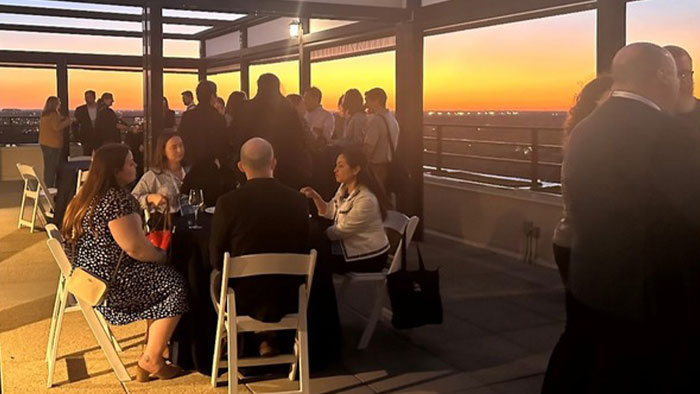Retail Leaders Discuss Workforce Opportunities & Challenges
Summer Committee Meeting Recaps
- By [ Evan Armstrong , Emily Benack ]
- 08/05/2024
In May, our partners at Seyfarth Shaw hosted the Labor and Employment Committee for a day full of discussion around a variety of workforce relations topics in Washington, DC, preceded by an evening of networking and catching up and a delicious group dinner at Cranes. Since the start of the year, a litany of administrative actions has come into play, including regulations on overtime eligibility, independent contractor status, OSHA walkaround policies and the Pregnant Worker Fairness Act. We covered these issues and their potential impact on retail workers and employers.
Beyond politics, our knowledgeable guest speakers from IRI Consultants and Wegmans guided discussions about trends and risks in labor relations, touching upon IRI’s latest labor report, workplace safety, organized retail crime and lessons to be gleaned from real-world examples of organizing campaigns.
To top off the day, Seyfarth Shaw’s Lynn Kappelman and Erin Foley presented about “cultural flashpoints,” or conflicts stemming from politics and current events, in the workplace. The two Labor and Employment Partners shared how such flashpoints may intersect with protected classifications such as race, religion, LGBTQ+ identity and national origin, and identified strategies employers may use to lower the temperature, ensure compliance with the law and stay focused on the company’s values and objectives.
Key Takeaways:
- Positive employee relations programs are critical. Emphasizing efforts and successes, including but not limited to the below, can serve as internal marketing for the company to employees.
- Frontline leadership is the arbiter of culture and contentment. On-site management sets the tone of the immediate workplace, which is the basis for other frontline workers’ impression of the company at large.
- Workplaces are not immune to the polarization of American society. When cultural flashpoints occur, especially in an election year, employers must have effective strategies to lower the temperature or, if not possible, defend against ensuing litigation. The path forward is at the intersection of morale/retention, company values/business needs and legal compliance.
- In the internet age, conflicts are not limited to on-site interactions. In addition to interpersonal communication and political displays via attire or décor at work, disputes may begin on or due to messaging platforms, social media postings or video call backgrounds.
Later in June, RILA’s Retail Talent Committee convened at the Ulta Beauty office in Chicago for two days of programming around the challenges talent leaders in retail are facing. This meeting was kicked off by a “Chief Chat” with Ulta’s CEO, Dave Kimbell, and CHRO, Anita Ryan, moderated by Michelle Kurgan. Together, they laid the groundwork for our meeting’s theme, Employee Experience, by discussing Ulta Beauty’s approach to human resources.


- There are tools to make hybrid work more effective while promoting office attendance. Promote a culture of open communication about when each individual will be in or out of the office, which meetings can be taken remotely or exclusively in-person. Consider encouraging department ‘all-in’ days and advise leadership to be flexible about commute times when possible. Establish meeting etiquette that works for your team and regularly check in with employees for feedback.
- Medical trends are expected to return to more typical pre-pandemic levels in 2024 and 2025. While this year and next will likely see a slight increase in unit cost, it is expected to remain within historical range.
o Choices employees make across categories (such as preventative care, healthy lifestyle habits, in-network providers and full use of programs within the healthcare plan) have a noticeable difference in time away from work and cost to the employer when injury or illness strikes. Those who have better-than-average choices in these categories, according to UHC, have an average short-term disability claim that is 4.1 days shorter. Incentivization of “good” choices has proven to be worthwhile.
- Generative AI is here! Studies indicate AI usage, particularly implementation within the next two years, will impact its success for the next 20. HR professionals can integrate AI to enhance efficiency, productivity, data driven decision making, employee experience and cost reductions. There will be an on-going balance with these positive results with legal and regulatory risks.
For more information about RILA’s workforce communities, please reach out to Evan Armstrong, RILA’s Vice President of Workforce, or Emily Benack, Manager of Government Affairs.
Tags
-
Workforce
-
Labor and Employment
-
Investing in People






